How To Start A Product Line

Imagine the satisfying 'thunk' of a perfectly packaged product hitting your doorstep, or the quiet hum of a beautifully designed gadget coming to life. Perhaps you envision the soft caress of luxurious fabric, dyed in colors you painstakingly curated. These are not just fantasies; they are the potential realities awaiting entrepreneurs ready to embark on the journey of creating their own product line. The path may seem daunting, a labyrinth of sourcing, manufacturing, and marketing, but with careful planning and unwavering passion, turning your vision into tangible products is within reach.
This article serves as a comprehensive guide to starting a product line, distilling the complexities into manageable steps. We'll explore the vital stages, from initial ideation and market research to sourcing, production, and building a brand that resonates with your target audience. Whether you dream of launching a skincare range, a line of handcrafted jewelry, or innovative tech accessories, this guide will provide a foundation for building a successful and sustainable product-based business.
Finding Your Niche & Validating Your Idea
The cornerstone of any successful product line is a strong, viable idea. This begins with identifying a niche market - a specific segment of consumers with unmet needs or desires. Consider your own passions and expertise. What problems do you naturally gravitate towards solving? What products do you wish existed?
Research is crucial. Don’t just rely on gut feeling. Tools like Google Trends, social media listening, and keyword research can reveal emerging trends and identify gaps in the market.
More importantly, directly engage with your target audience. Conduct surveys, interviews, or focus groups to gather firsthand insights into their preferences, pain points, and willingness to pay. A minimum viable product (MVP), a simplified version of your product, can be launched to test the waters and gather valuable feedback before investing heavily.
Sourcing & Manufacturing: Making It Real
Once you’ve validated your idea, the next hurdle is bringing it to life. This involves deciding how your product will be made: in-house, through a manufacturer, or a hybrid approach.
Manufacturing options include domestic production, overseas manufacturing, and dropshipping. Domestic production offers greater control over quality and faster turnaround times, but often comes at a higher cost. Overseas manufacturing, particularly in countries like China and India, can significantly reduce production costs, but requires careful due diligence to ensure ethical labor practices and consistent quality.
Dropshipping eliminates the need to hold inventory. When a customer places an order, the supplier ships the product directly to them. This can be a great option for testing the market or launching a product line with limited capital. However, profit margins are typically lower, and you have less control over the shipping and fulfillment process.
Building Strong Supplier Relationships
Regardless of your chosen manufacturing method, building strong relationships with your suppliers is paramount. Communicate clearly, set realistic expectations, and treat your suppliers with respect. A reliable supplier is a partner in your success, ensuring consistent quality, timely delivery, and fair pricing.
Negotiate payment terms, minimum order quantities, and lead times upfront. A written contract is essential, outlining all terms and conditions to protect both parties. Regular communication and site visits (if possible) can help foster a strong, collaborative relationship.
Branding & Marketing: Telling Your Story
A strong brand is more than just a logo; it’s the essence of your product line, the feeling it evokes, and the promise it makes to your customers. Your brand should reflect your values, resonate with your target audience, and differentiate you from the competition.
Develop a compelling brand story that articulates your mission, vision, and values. Choose a memorable brand name and create a visually appealing logo. Design packaging that not only protects your product but also communicates your brand identity. Consistency across all touchpoints - website, social media, and marketing materials - is crucial for building brand recognition and trust.
Effective marketing is essential for reaching your target audience and driving sales. Online marketing strategies include search engine optimization (SEO), social media marketing, email marketing, and paid advertising. Content marketing, creating valuable and engaging content such as blog posts, videos, and infographics, can attract potential customers and establish your brand as an authority in your niche.
Leveraging Social Media
Social media is a powerful tool for building brand awareness, engaging with customers, and driving sales. Choose the platforms that are most relevant to your target audience and create content that resonates with them. Run contests, giveaways, and influencer marketing campaigns to generate buzz and reach a wider audience.
Consider offering exclusive deals and promotions to your social media followers. Use social media listening tools to monitor brand mentions and respond to customer inquiries promptly. User-generated content, featuring customer photos and reviews, can be a powerful form of social proof, building trust and credibility.
E-commerce & Retail: Getting Your Products to Customers
The most common way to sell a product line is through e-commerce. Setting up an online store allows you to reach a global audience 24/7. Platforms like Shopify, Etsy, and WooCommerce provide user-friendly interfaces and a range of features to manage your product catalog, process orders, and track inventory.
Consider offering multiple payment options, including credit cards, PayPal, and alternative payment methods. Invest in high-quality product photography and write compelling product descriptions. A seamless and intuitive shopping experience is essential for converting visitors into customers. Don't underestimate the power of good website design to make your product shine.
Exploring retail partnerships can expand your reach and increase brand visibility. Consider approaching boutiques, department stores, or specialty retailers that align with your brand and target audience. Attending trade shows and industry events can provide opportunities to network with retailers and showcase your product line.
Legal & Financial Considerations
Protecting your intellectual property is essential. Consider trademarking your brand name and logo to prevent others from using them. If your product is patentable, file a patent application to protect your invention.
Register your business as a legal entity, such as a sole proprietorship, partnership, or limited liability company (LLC). Obtain any necessary licenses and permits to operate your business legally. Consult with an attorney and accountant to ensure you comply with all applicable laws and regulations.
Develop a comprehensive financial plan that includes startup costs, projected revenue, and expenses. Secure funding through personal savings, loans, or investors. Monitor your cash flow closely and manage your finances prudently. A strong financial foundation is essential for long-term sustainability.
The Road Ahead: Adapting & Growing
Starting a product line is a marathon, not a sprint. Be prepared for challenges and setbacks along the way. The market is constantly evolving. Stay flexible, adapt to changing trends, and be willing to pivot when necessary.
Continuously seek feedback from your customers and use it to improve your products and services. Invest in research and development to innovate and expand your product line. A commitment to excellence and continuous improvement will set you apart from the competition.
Building a successful product line requires passion, perseverance, and a willingness to learn. Embrace the journey, celebrate your successes, and never stop striving to create products that delight and inspire your customers. Your vision, combined with diligent execution and a customer-centric approach, can transform your dream into a thriving reality. The future of your product line awaits – go out and build it.
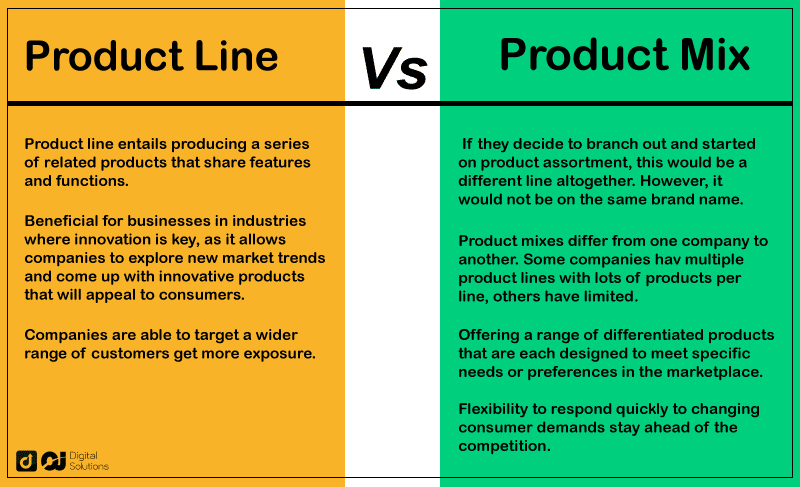
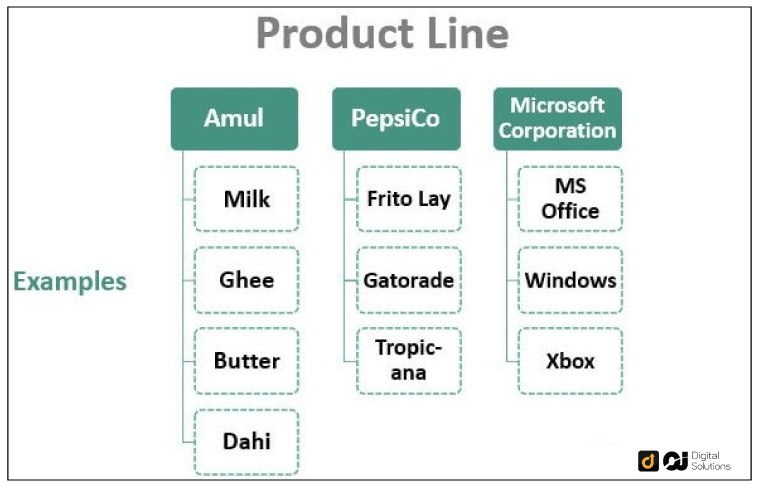
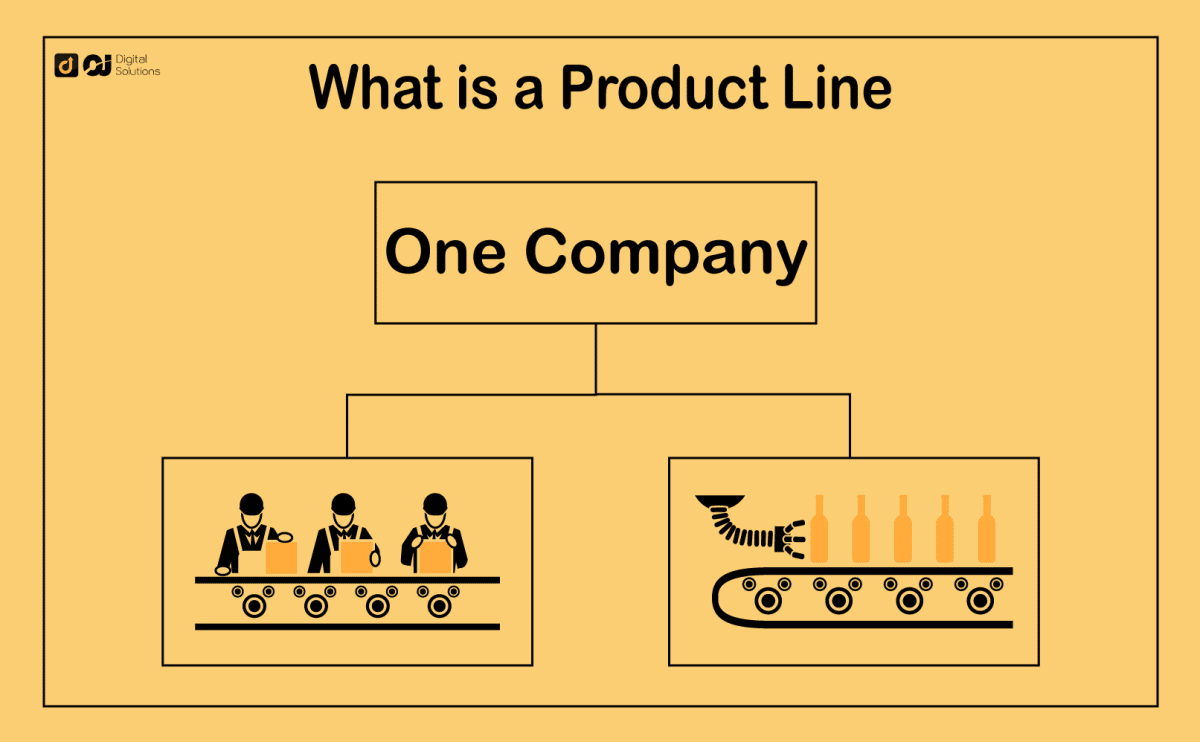

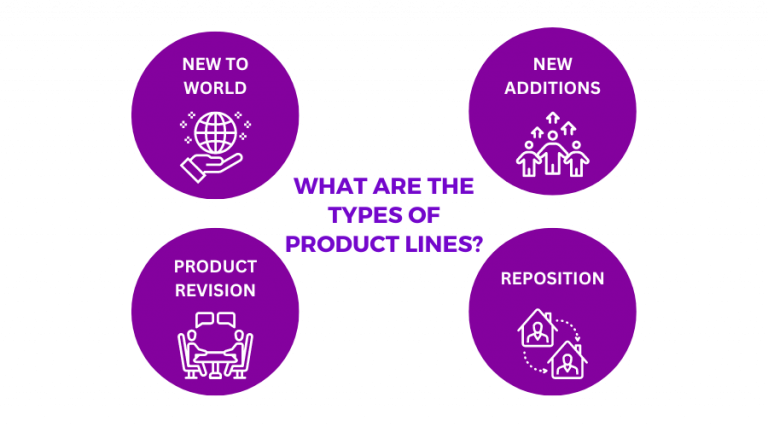
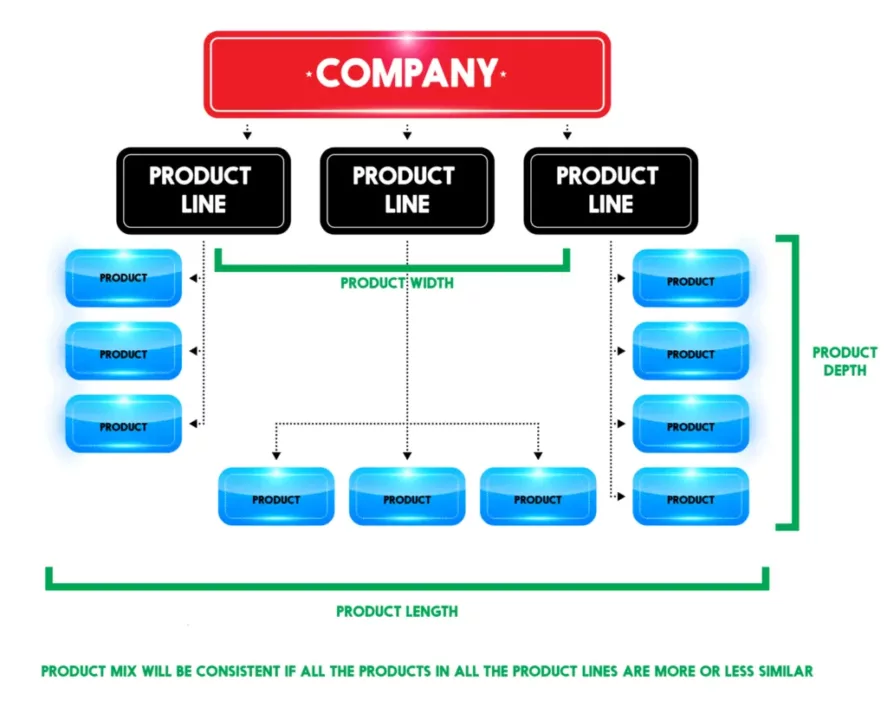
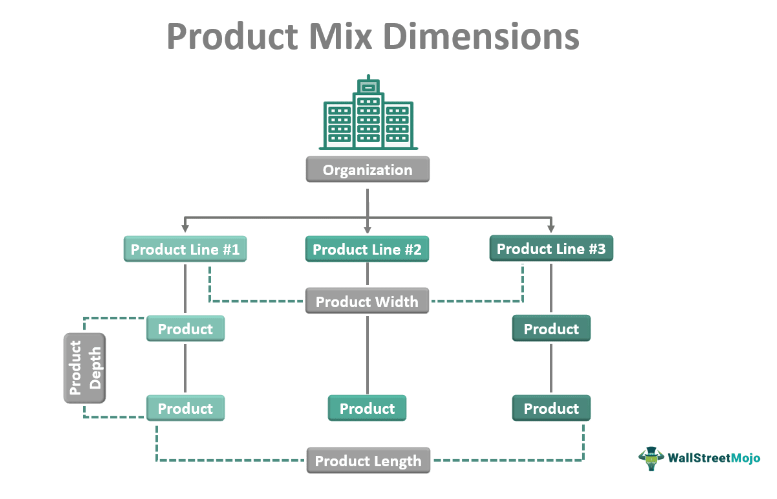
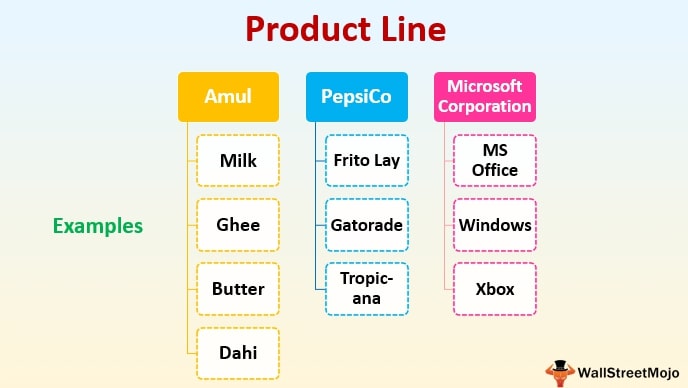
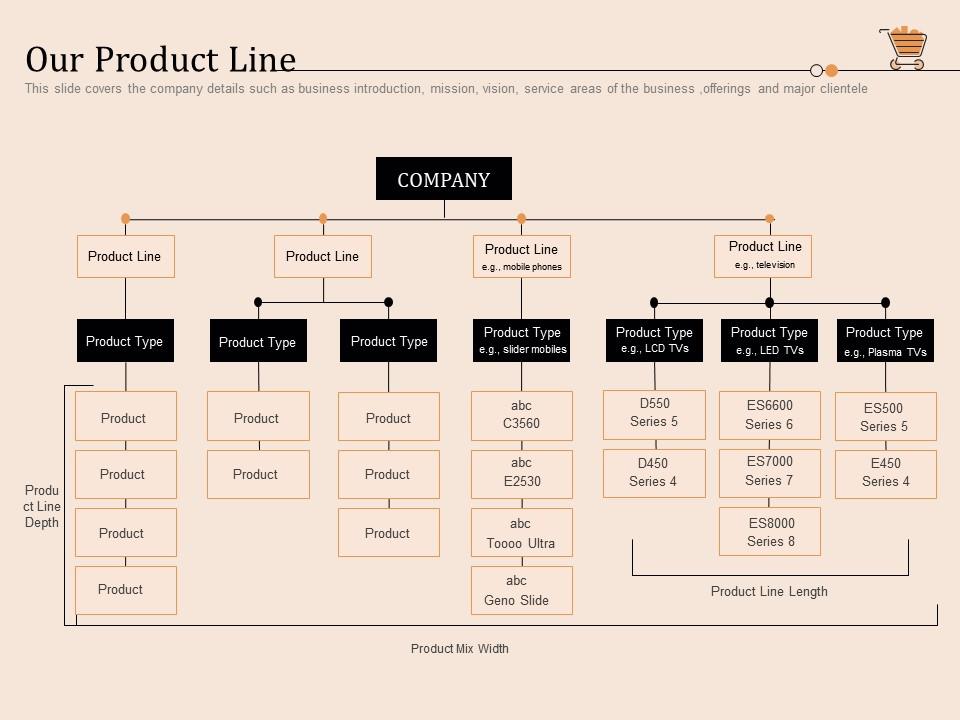




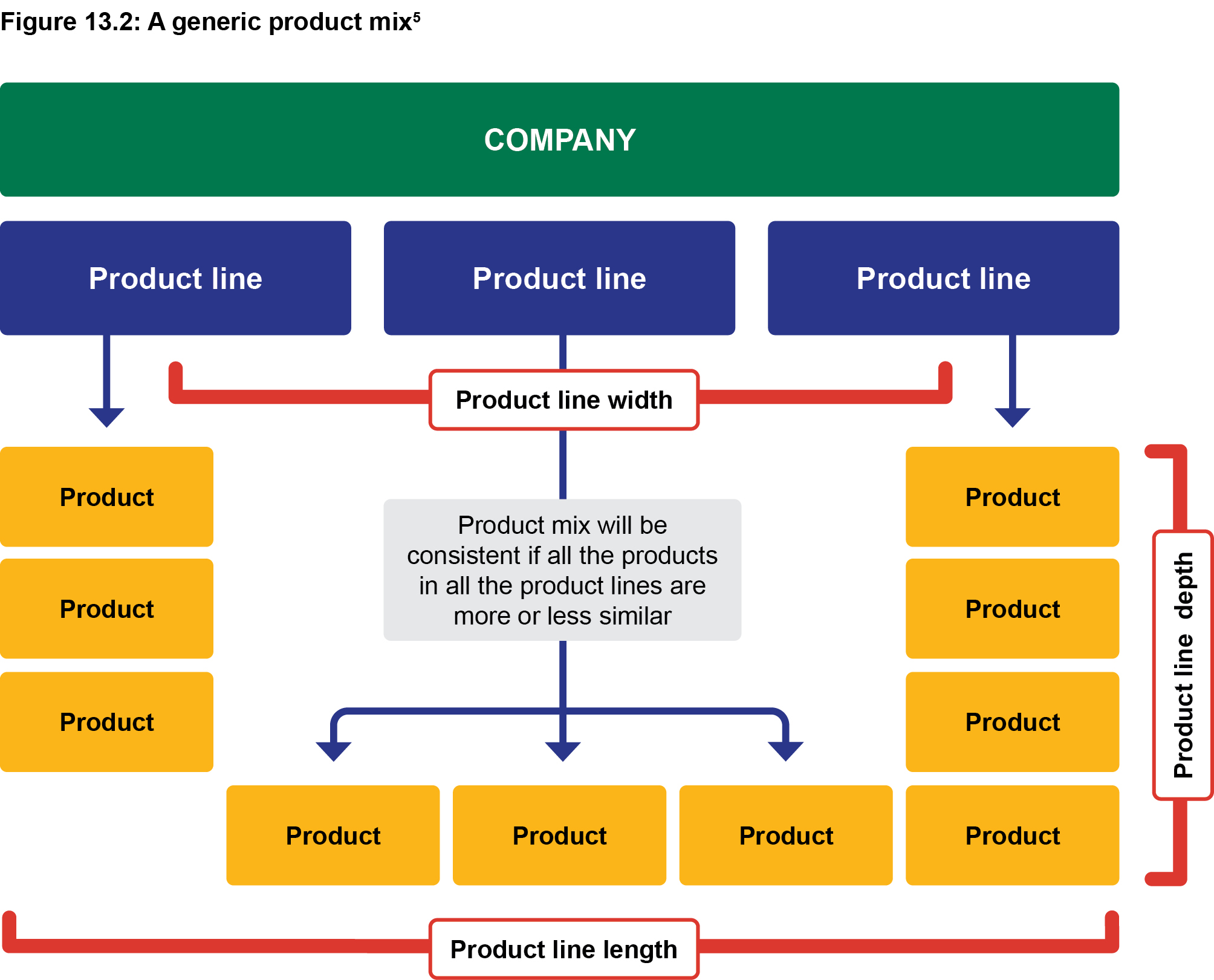

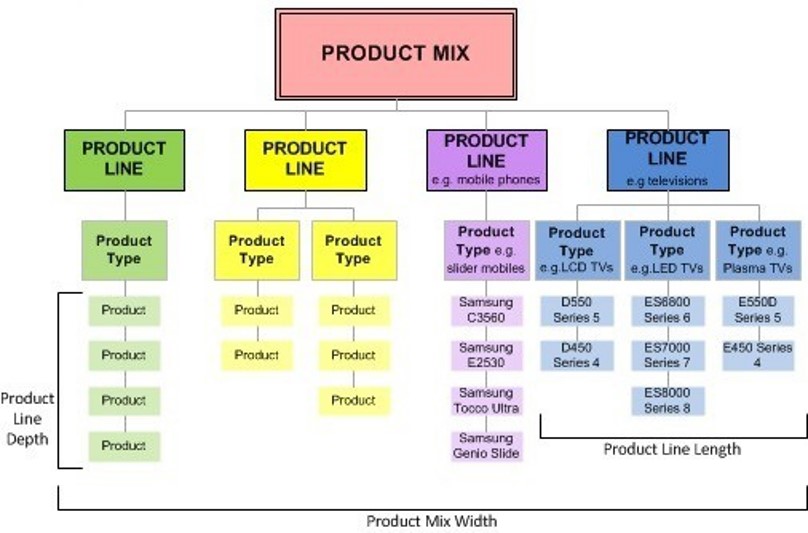
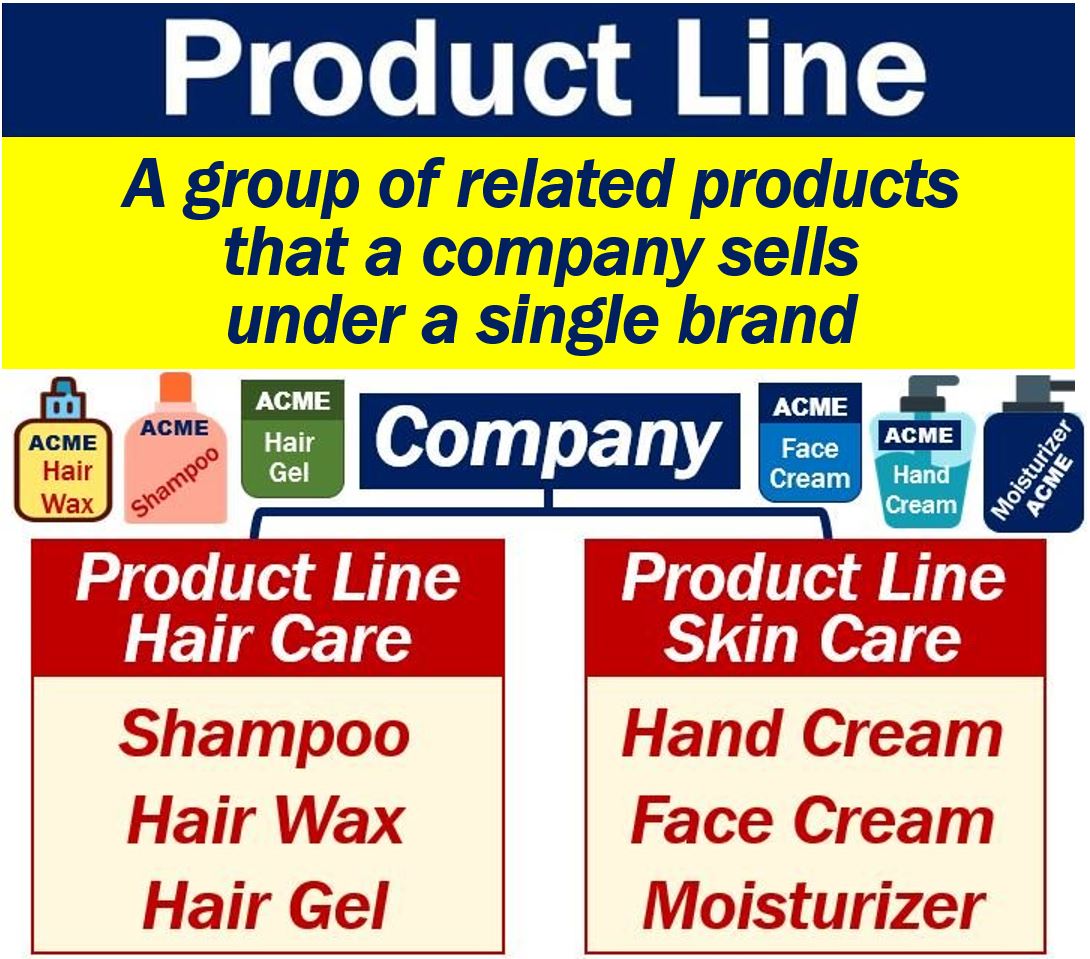
:max_bytes(150000):strip_icc()/Term-Definitions_Product-Line-Final-58870113a3ca4770a85cabf3549894bb.jpg)
